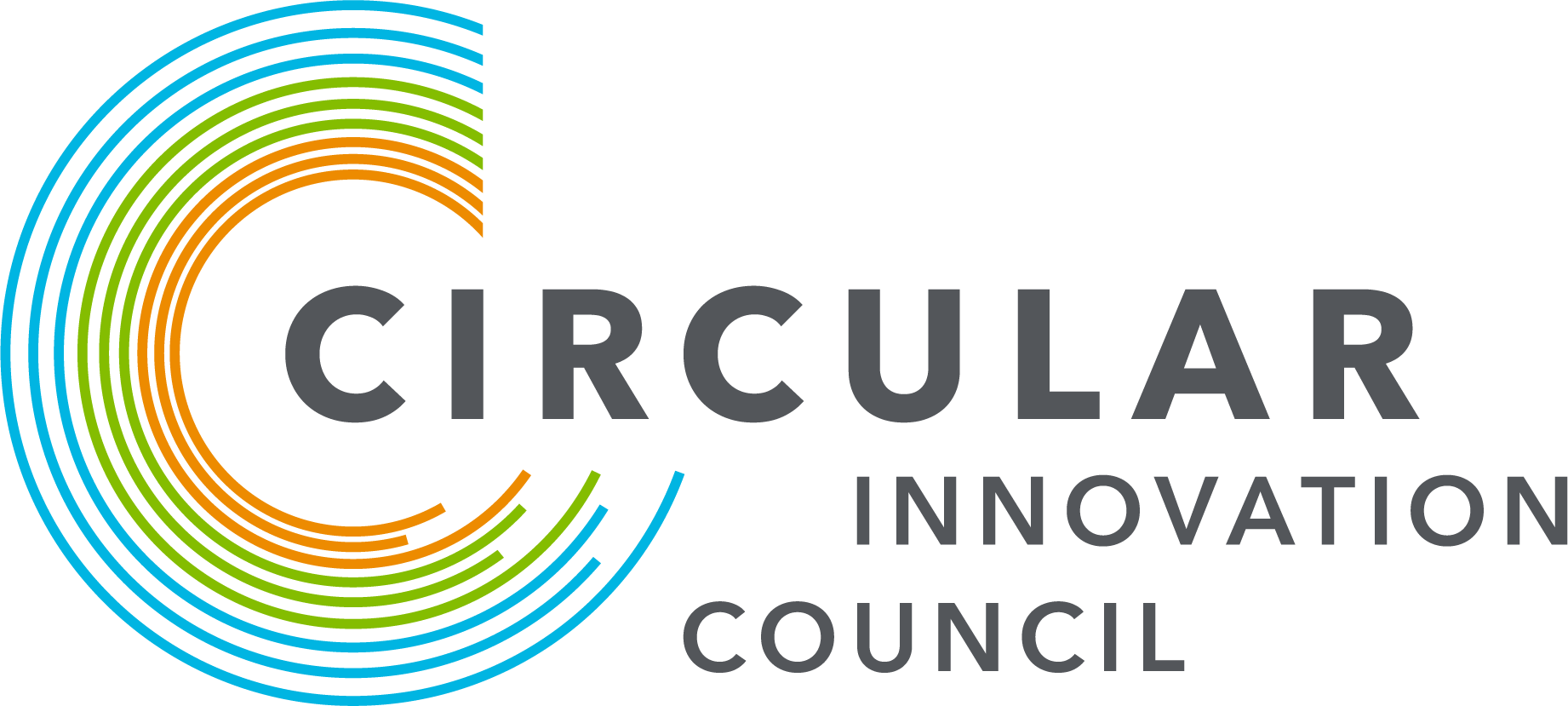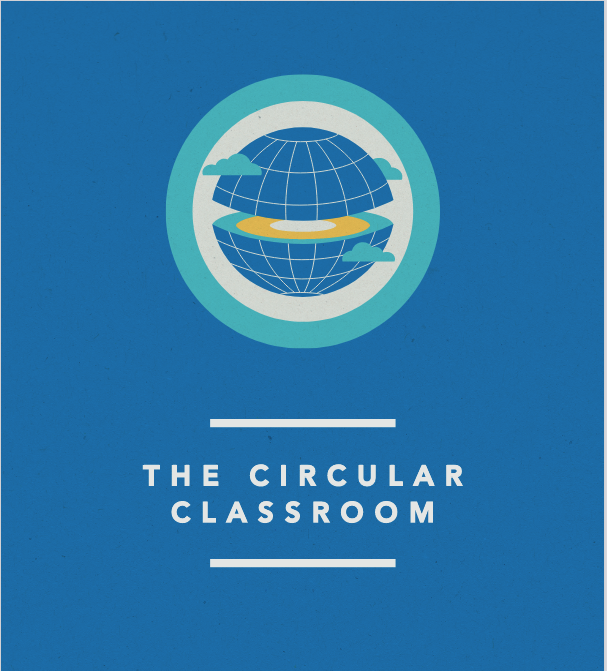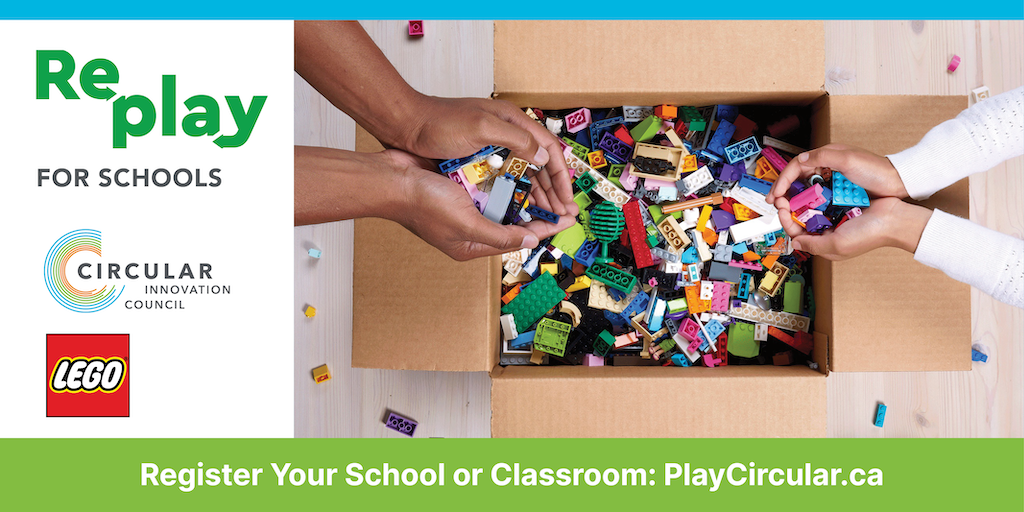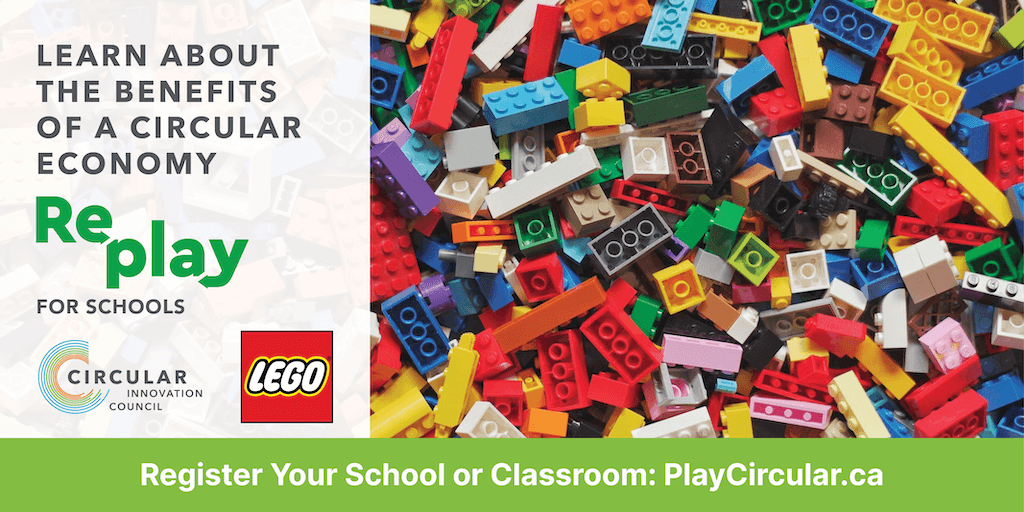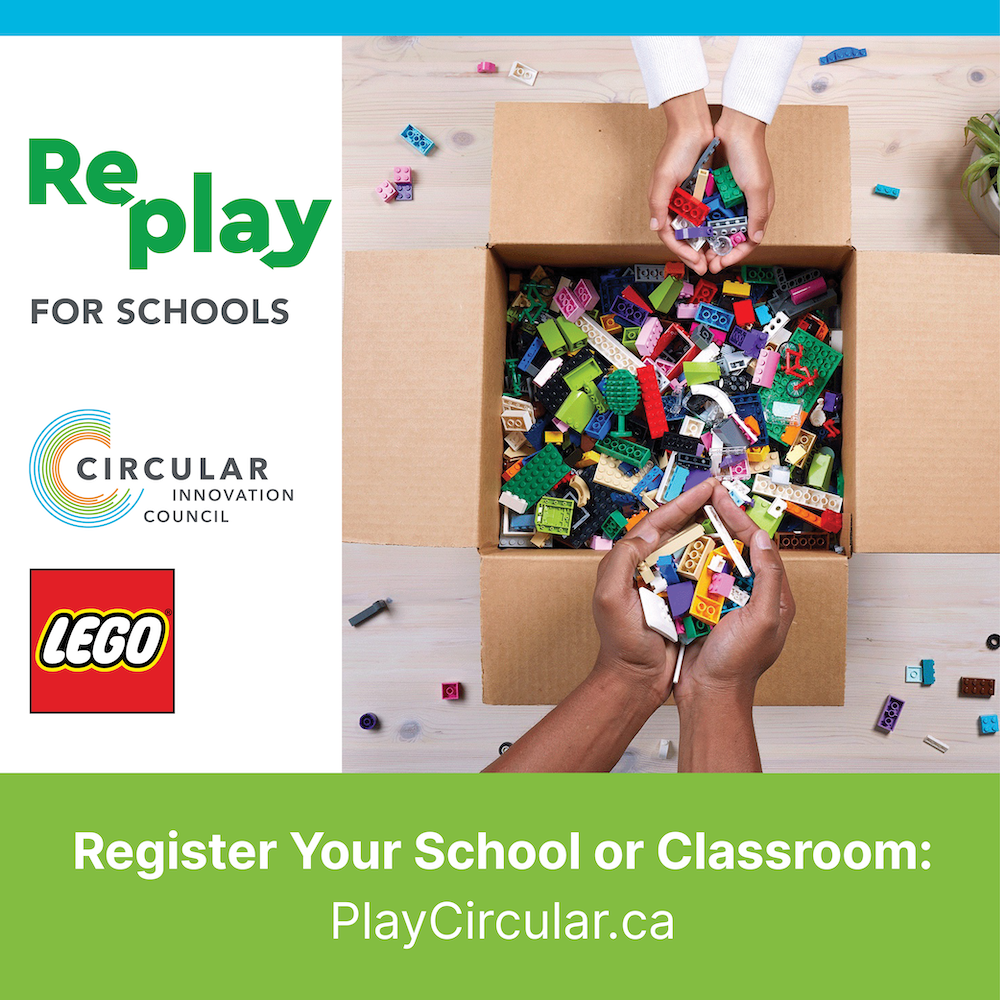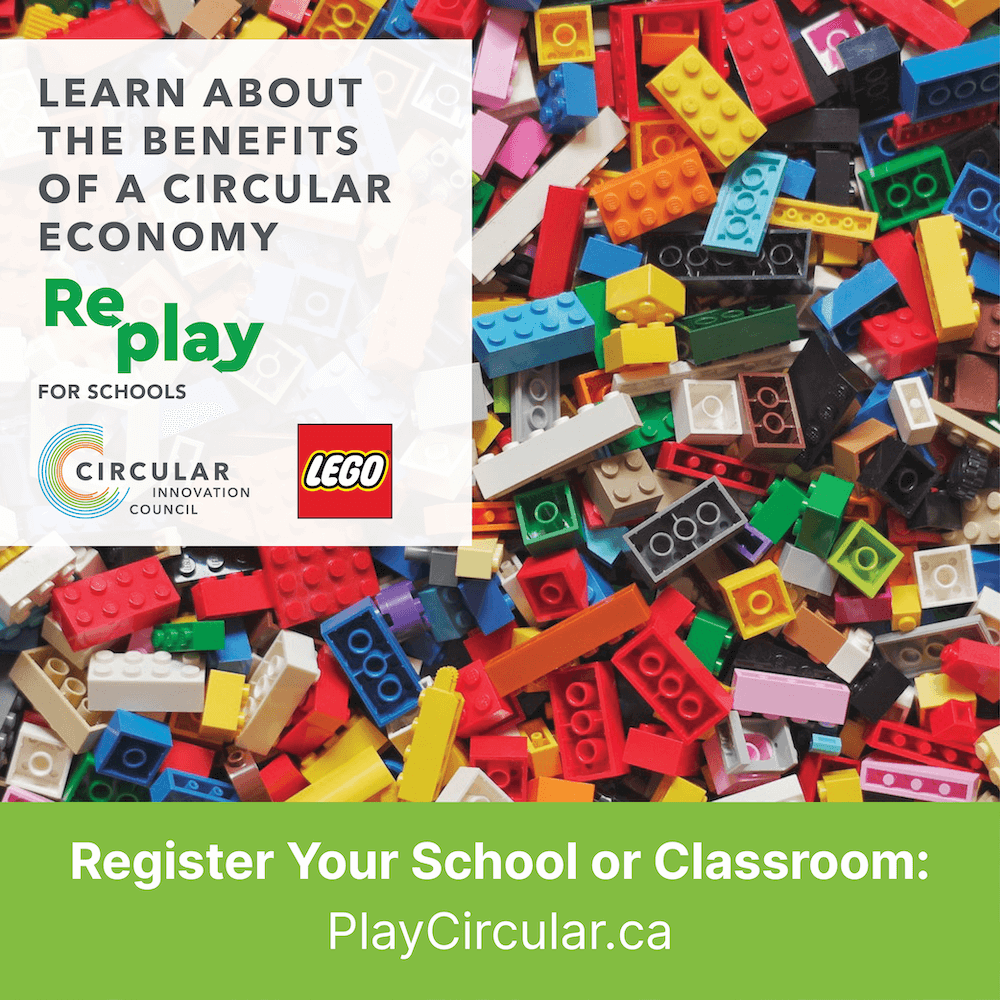EDUCATIONAL RESOURCES
What is the Circular Economy?
Products have historically been designed for convenience with no consideration of the waste left behind; this is called the linear economy. A circular economy is a new, innovative approach to designing and using products; it happens when resources are used again and again and waste is reduced or eliminated. Reusing and extending the life of everyday products like electronics, clothing, and toys for as long as possible is just one way you can support the circular economy .

LEARN MORE:
LESSON PLANS & RESOURCES FOR YOUR CLASSROOM
The Circular Classroom
A range of interactive classroom activities plus enrichment homework opportunities within the easy-to-use workbooks, along with short engaging videos, activate the discovery process through collaborative and experiential learning. In turn, a new generation of creative, circular thinkers develop the thinking and doing tools necessary to design a sustainable, regenerative future through the Circular Economy.
Module 1: Moving from the linear to the circular economy
What is the difference in the linear and circular economies, and how does it affect us all? What kinds of actions can we take to help design a future that works better for us all? What potential for solving complex problems does a circular future hold?
Module 2: Systems and sustainability
How does nature work, and what is sustainability all about? How do systems in nature work? What does ‘biodegradable’ mean, and what are biocycles? How can individual actions help reduce our ecological footprints? What type of collective changes can we make to help achieve sustainability? What types of circular economy changes can we apply to our personal lives?
Module 3: Design and creativity
What is design and how does design affect us all? Why do humans design the world to work for the status quo? What is the difference between a professional and a citizen designer? How are systems at play all around us? How can we use creativity to create a better future?
10,000 Changes
Grades : K-12
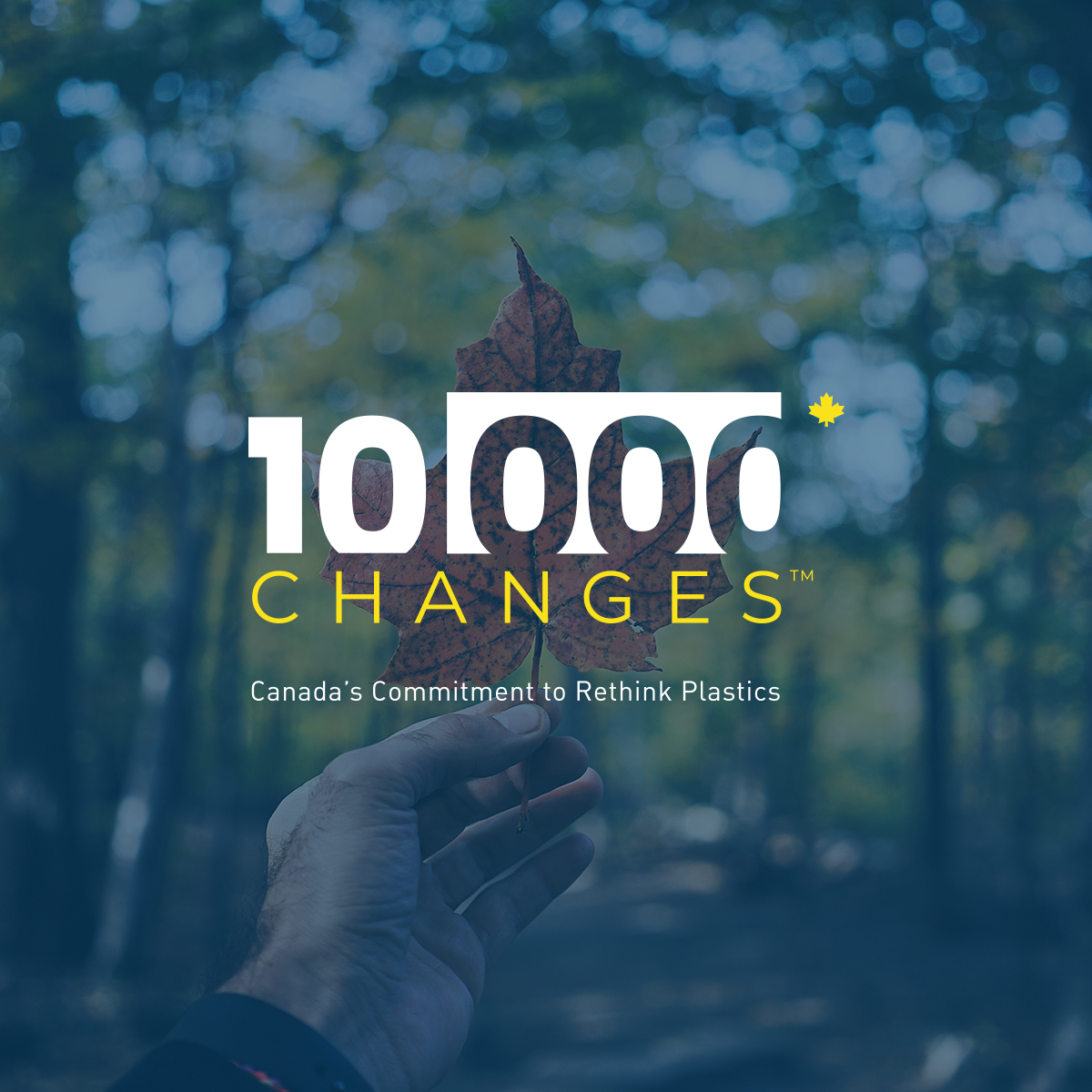
National Geographic – The Circle of Stuff
Grades: 6-8
Students are introduced to the concept of a circular economy and how it contrasts with the linear economies that prevail for many products. Students connect to these ideas by considering the life cycle of their favorite belonging, learning key aspects of reusing and redesigning products and processes, and engaging with case studies of successful circular economic systems.
National Wildlife Federation
Grades: K-2
Created in partnership with the National Wildlife Federation’s education team and Rubicon’s sustainability team, this lesson plan will encourage deeper learning for students participating in the “Trick or Trash” Halloween candy wrapper recycling campaign. It is also valuable to any students learning about recycling, sustainability or environmental preservation.
